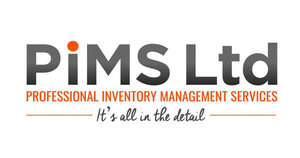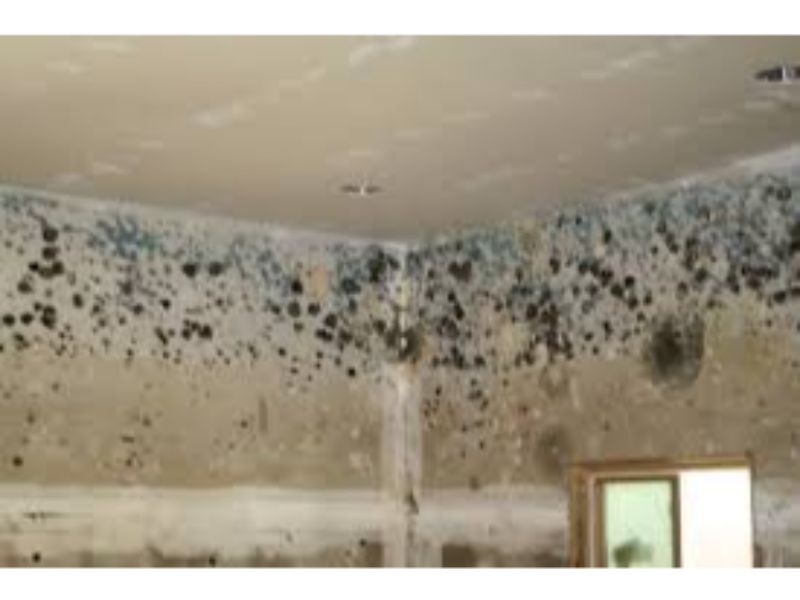The Association of Independent Inventory Clerks (AIIC) is advising landlords and their agents to carry our mid-term inspections of their rental properties.
There are several reasons why it is advantageous to carry out inspections, but at this time of year when condensation is most likely to cause problems, it’s a good time to try and spot issues and prevent any problems escalating.
Condensation causes dangerous black mould to appear, usually in the coldest parts of the house or flat, such as in bedrooms. Condensation is usually caused by a lack of sufficient heating in the property (keeping walls and other surfaces could and below the “dew point” when air borne water condenses) and lack of adequate ventilation of steam at source.
In winter, tenants sometimes keep all the windows closed when washing, cooking and especially drying clothes on radiators. They want to economise on heating and prevent drafts, which are understandable reasons, but this should not be at the expense of damage to your property.
Once mould takes a hold it is difficult and expensive to eradicate – it gets into the very fabric of the building and will always return in the future when temperatures are allowed to drop.
If you spot signs of condensation it may be necessary to educate your tenants to the problem and what they can do to prevent it. We often see horrific pictures in the press about terrible conditions “created by those horrible nasty landlords”, but more often than not those pictures of black mould everywhere are the result of how a tenant is living.
It may be necessary to fit extractor fans where there is a real problem with condensation. Modern extractors are automatic, so they only operate when the humidity reaches above a certain level.
The ultimate solution to a bad condensation problem is a full positive-flow ventilation system fitted on the loft of the property, but a rather expensive way to solve a problem that should not be there in the first place if the right living conditions are maintained.
An inspection should also take in safety issues such as gas and electrical appliances, trips and tarps which might cause a fall, including outside walkways.
Other issues which an inspection may reveal are: signs of unauthorised occupiers or pets, smoking in the property, unauthorised decorating and painting, insufficient cleaning and a build-up of refuse which may lead to vermin infestations.
With the new protection from eviction legislation – Retaliatory Eviction – passed last year, it is more important than ever to establish the condition of the property at regular intervals.
A good landlord’s insurance policy will include cover for malicious damage to the property cause by tenants or visitors, but these policies will specify regular inspections. If you ever need to make a claim for this, you will need documentary evidence those regular inspections have been done.
The Mid-tenancy Inspection will usually be stated in the letting agreement and takes place at the agreed intervals during the tenancy. This is, for example, after the first 3 months and then every 6 months thereafter.
You want to maintain your tenant’s absolute right to “quiet enjoyment” of the property, but at the same time you as Landlord or Agent have an obligation to maintain the property in a safe condition. Labelling the inspections, a “Safety Inspection” will usually assure tenants and remove the feeling they are being checked on.
You may want to use an independent inventory clerk to do the checks for you, which gives unbiased evidence, and especially if you use the same company to do your check-in and check-out inventories. That’s where we come in.

